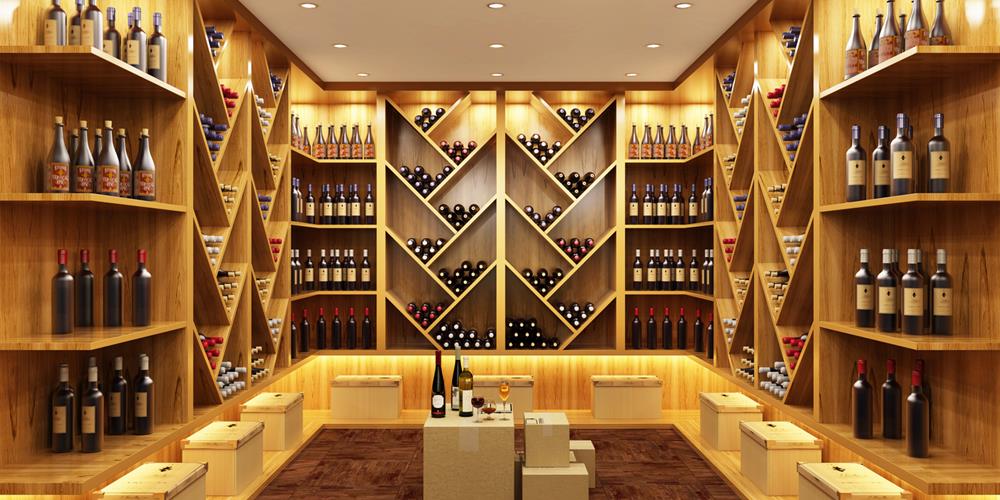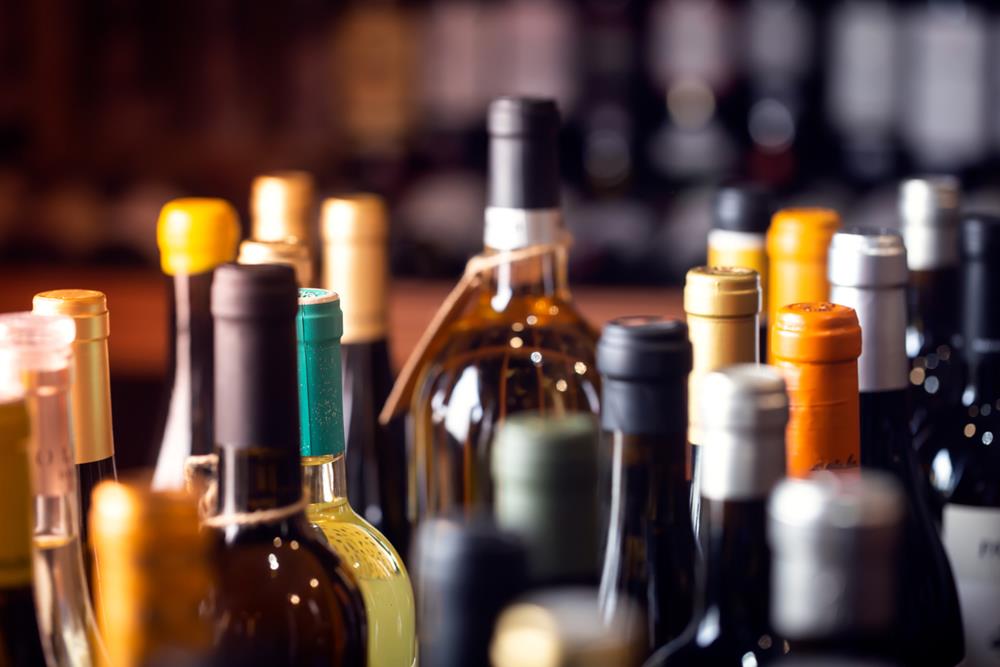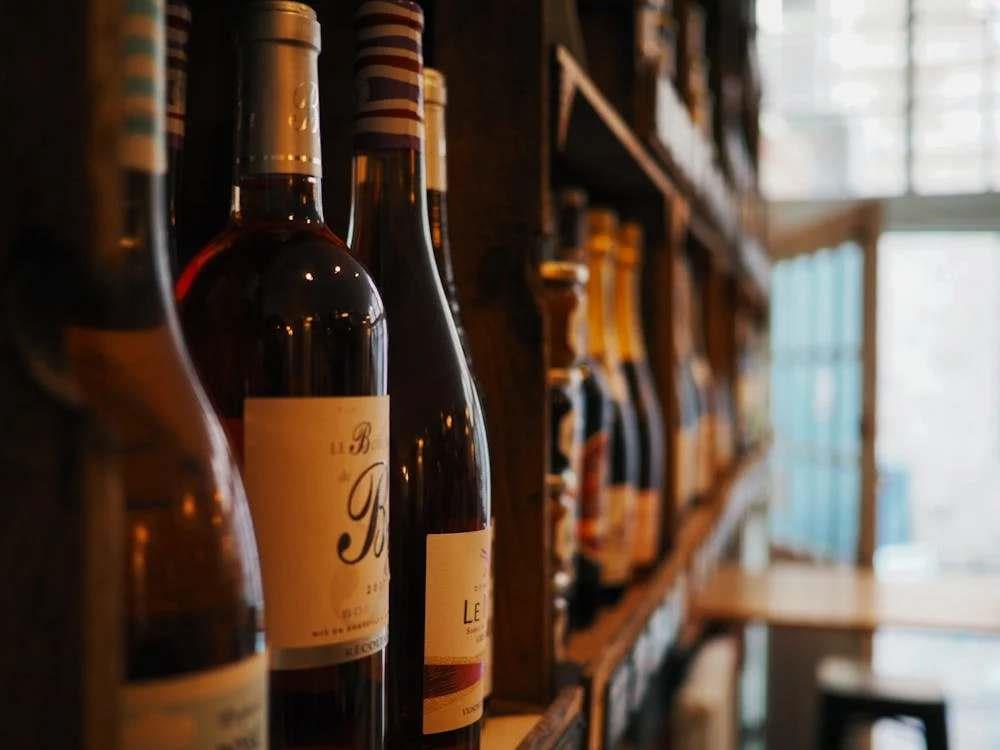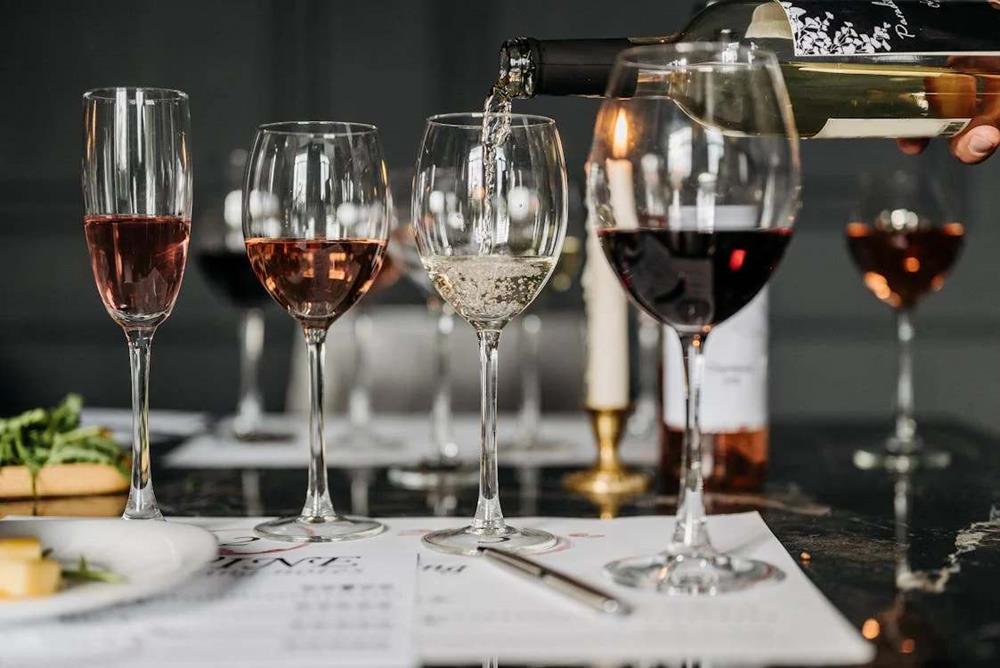A wine cellar filled with hundreds of well-curated bottles from the floor to the ceiling won’t fail to elicit a round of oohs and ahhs from anyone who sees them for the first time.
However, starting a wine collection is often a leap of faith. You won’t be sure which bottles will appeal to your taste and gain value in the future. But even if you’re a fledgling collector, you can start an impressive, enviable, and rewarding wine collection when you follow the right tips.
Building a Wine Collection From Scratch
Below are some tips that can help you create a wine collection you will be proud of and happy with:
1. Prepare your storage area
Before deciding on which wines to buy, you have to know where to store or display them first. If you only have a wine fridge or small wine cabinet, you would do well to find space in your home where you can build a remarkable cellar for wine.
A specially designed wine cellar is the best place to store and display your collection. With the right location, design, condition, and features, you can prevent the spoilage of your vinos and have another appealing feature in your home.
When building your wine cellar, maintain a temperature ranging from 55 to 59°F (12 to 15°C). Humidity levels should ideally be between 50 and 70%. You can maintain these temperature and humidity levels by investing in a cooling unit. Additionally, ensure sunlight won’t enter or flood the cellar since it can alter the flavors and aromas of your wine collection.
Lastly, avoid placing equipment that vibrates, such as a washing machine, near the cellar since it can interfere with your wine collection’s aging process. Although the basement may seem like the best place to build your cellar, avoid choosing this place since it is prone to developing high levels of moisture that can cause mold growth, which will then affect the quality of your wines.
2. Buy wines that appeal to you first
With so many types and brands of wines to choose from, deciding on which ones to buy first can be pretty challenging.
However, whether you’re starting your collection because you’re passionate about wines or as an investment, you won’t go wrong with getting bottles you like drinking and are happy to serve during events.
Buy as many varieties of your all-time favorite wines as you can. For instance, if you are fond of cabernet Sauvignon, get bottles from different regions, including France, Italy, Chile, Spain, Australia, and the USA.
You also won’t go wrong with purchasing classic varieties, such as Merlot, Pinot Noir, Sauvignon Blanc, Riesling, and Chardonnay. Additionally, you can go the general route by considering your preference. If you like full-bodied red wines, start your collection with bottles of cabernet Sauvignon, malbec, shiraz, and Zinfandel. If you prefer sweet white wines, go for bottles of Moscato, sauternes, port, and vin santo.
3. Buy only from trusted stores
Make sure you only buy your wines from reputable physical and online liquor stores. They should have a good track record of selling only authentic products, particularly the expensive ones.
When you’re ready to invest in collectible, pricey wines, follow these tips to ensure you are buying genuine ones:
Check the label thoroughly
When you read the bottle label, don’t simply focus on the print. Check the oxidation, which should be consistent across the whole label. If it is inconsistent, the wine is likely a fake since the maker used false aging techniques to create it. And this means the bottle is not as old as it really is.
Look for sediments in the bottle
If you are interested in buying vintage red wines, ensure they have sediments. Aged bottles without any sediments are likely to be knockoffs. And even if there are residues, shake the bottle. If the deposits do not disperse, the wine may not be as old as the label claims it to be.
Check the cork
Some unscrupulous sellers will switch corks between bottles to alter the branding. Check this part of the bottle for signs of inconsistencies or deceit. If the bottle has a two-prong cork, ensure it leaves grooves.
4. Insure your wine collection.
Once you already have a substantial number of wine bottles, have them appraised and insured. Your collection should be covered by a policy that covers them in case a natural disaster hits your home or if they are stolen.
Insurance won’t bring your bottles back when they are damaged by a flood, earthquake, or fire or if they are stolen. However, your coverage ensures your investment won’t go entirely to waste. The more wines you have, particularly expensive ones, the more important this step will be.
5. Keep your collection organized.
Regardless of how many bottles of wine you add to your collection per week or month, you need to have a process for keeping an inventory and organizing your cellar.
Organizing and keeping an inventory of your wines is crucial since you need to keep track of each bottle’s shelf life. You have to know when a vintage is nearing its peak and decide whether to sell or drink it to avoid wasting your money.
An inventory will also help you have an easier time applying for an insurance claim when your collection is compromised or stolen. You can create and use a simple spreadsheet for your inventory, which you need to update regularly.
In terms of organizing your cellar, you can arrange the bottles in reds or whites. Another option is to put your expensive vintages at the top of the racks so you can avoid the temptation to open them. Make sure you are aware of how long you can drink a bottle of wine before it goes bad.
Tips for Picking the Perfect Wine for Your Collection
Building a wine collection is both an art and a science, appealing to oenophiles who appreciate the complexity and variety that different wines bring to the table. Whether you’re a seasoned collector or just starting, selecting the right bottles can be a rewarding journey into the world of wine. Here are essential tips to help you pick the perfect wines for your collection, ensuring each addition enhances your wine experience and complements your collection’s diversity.
- Understand Your Preferences: Begin by identifying what you enjoy in a wine, whether it’s a particular grape variety, region, or style. Your collection should reflect your tastes, offering you personal satisfaction above all.
- Consider the Storage Conditions: Before acquiring new bottles, ensure you have the right storage conditions, such as temperature control and humidity, to keep your wines in optimal shape for years to come.
- Diversify Your Selection: Aim for variety in your collection. Include wines from different countries, regions, and grape varieties. This diversity will not only make your collection more interesting but also allow you to enjoy a range of wines suited to different occasions.
- Invest in Different Price Points: While it’s tempting to focus on high-end wines, consider adding quality bottles from various price ranges. Some affordable wines offer excellent value and can surprise you with their complexity and aging potential.
- Research Aging Potential: Some wines are best enjoyed young, while others improve with age. Research the aging potential of each wine before adding it to your collection, ensuring you have a mix of wines to enjoy now and in the future.
- Seek Recommendations: Don’t hesitate to ask for recommendations from wine professionals, whether at your local wine shop or during wine tastings. Their insights can introduce you to hidden gems and under-the-radar wines that can add unique value to your collection.
- Track Your Collection: Keep records of the wines you collect, including tasting notes, vintage, and when they’re best consumed. This organization will help you manage your collection and make informed decisions about which wines to drink and when.
- Consider Food Pairings: Think about the types of meals you enjoy and select wines that complement your culinary preferences. Having a variety of wines ensures you’ll always have the perfect pairing for any dish.
- Stay Informed: The world of wine is constantly evolving. Stay informed about wine trends, new regions gaining acclaim, and changes in winemaking techniques that can influence your collection choices.
- Enjoy the Process: Lastly, remember that building a wine collection is a personal journey. Enjoy the process of discovering new wines, learning about their stories, and sharing them with friends and family.
Interesting Facts About Wine Collections
With each bottle holding its own story of the land, weather, and care from which it came, wine collections are as diverse as the individuals who curate them. Here are some interesting facts and statistics about wine collections that highlight the depth and breadth of this fascinating world.
- Oldest Known Wine Cellar: Archaeologists have discovered what is believed to be the world’s oldest wine cellar in Israel, dating back over 3,600 years, showcasing the ancient human appreciation for wine.
- Record-Breaking Bottle Sale: The most expensive bottle of wine ever sold at auction was a 1945 Romanée-Conti, which went for $558,000 in 2018, underscoring the incredible value rare wines can hold.
- Size of the Largest Wine Collection: The largest wine collection in the world is owned by Moldova’s Mileștii Mici, with over 2 million bottles stored in a 250 km-long limestone mine converted into a wine cellar.
- Variety is Key: There are over 10,000 different wine grape varieties worldwide, offering an immense range of flavors, aromas, and experiences for collectors to explore.
- Impact of Climate Change: Studies suggest that climate change is altering the wine map, with traditional wine regions facing challenges and new wine regions emerging, affecting collectors’ choices and the diversity of collections.
- Rising Popularity of Natural Wines: The demand for natural and organic wines has seen significant growth in recent years, reflecting a shift towards more sustainable and environmentally friendly wine production practices in collections.
- Digitalization of Wine Collections: The use of digital tools and apps for managing wine collections has become increasingly popular, allowing collectors to track their bottles, provenance, and value in real time.
- Investment Potential: Fine wine has outperformed many traditional investments over the past decades, with certain wines offering substantial returns, making wine collecting not just a passion but a potential investment.
- Wine Forgery Concerns: With the rise in the value of rare wines, wine forgery has become a significant issue, highlighting the importance of provenance and authentication in building a reputable collection.
- Global Wine Consumption: Despite economic fluctuations, global wine consumption remains steady, indicating a sustained interest in wine that supports the culture of collecting and enjoying fine wines.
Conclusion
By following a few straightforward tips, like focusing on your tastes, starting small, learning about storage, and considering the investment potential, you can lay the foundation for a collection that not only impresses but also brings personal satisfaction. Remember, the essence of collecting wine lies not just in the bottles you gather but in the experiences and stories they represent.
Additional Suggestions
- You can check out online wine delivery in Abu Dhabi if you want to get specific wine bottle delivered to your doorstep.
- Only buy wine from reputable physical and online liquor stores in Dubai to ensure that you are getting authentic and high-quality products for your collection.





